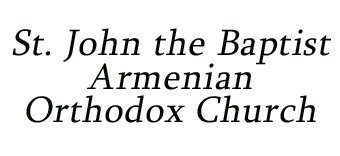BIRTH OF PAUL SAGSOORIAN
Paul Sagsoorian was a familiar presence in the publications of the Armenian American community, especially in the New York area, but also an accomplished illustrator in non-Armenian circles.
He was born in New York on March 26, 1923, to a family from the village of Havav, in the district of Palu (province of Diarbekir–Dikranakerd). He graduated from the US Army’s mapmaking school during his three years of World War II service in the European theater of operations. He received a sharpshooter’s medal during a military trip to Iceland and a good conduct medal while in Europe. He worked on maps for mine-laying in Iceland and their removal in Normandy.
